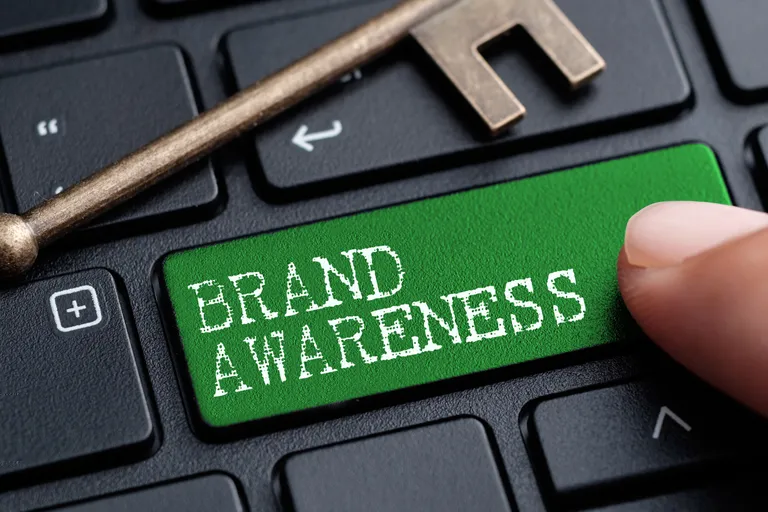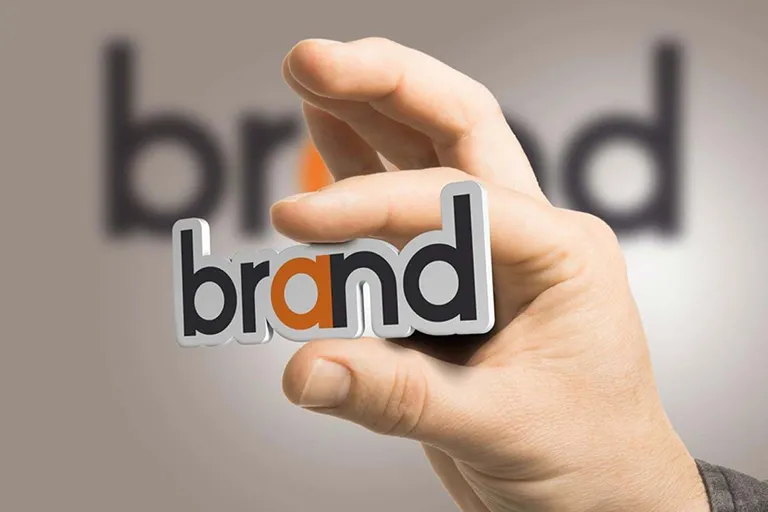The importance of brand benefit in determining brand position is so great that many brand theorists raise it as an independent question and call it Brand Value Proposition.
Defining the value proposition of the brand
Ask anyone who bought an iPhone why they didn’t buy from Samsung. Also, ask someone who bought a Samsung phone why they preferred it over Apple products.
Ask someone who drives a Toyota why they didn’t drive a Hyundai or Kia, and vice versa, ask Hyundai or Kia drivers why they didn’t choose a Toyota.
Usually, in answering these questions, you will come across the value proposition of the brand and you can understand what a brand had for its customer and what promise was hidden in it that your counterpart preferred it to another brand.
Quality, design, reasonable price, good feeling, prestige, feeling of relaxation, pleasure, good taste and feeling of power are among the answers you hear and you can consider them as the value proposition of the brand.
Three factors affecting the value proposition of the brand
In order to draw a clearer picture of the brand value proposition for our audience, we divide the value proposition into three categories:
- operational
- Emotional
- self expression
Although this is not the only way to check the brand’s value proposition, it can be used by brand designers due to its expressiveness .
1- Functional values
One of the most basic values that any brand offers or promises is its performance benefits.
If we are talking about a brand that manufactures laser printers, printing speed, high quality printing and low failure can be among these promises.
An automobile manufacturer can promote the safety or durability of its vehicles as performance promises of its brand.
A restaurant can tell about the health of its food or its taste.
A bank brand can talk about the variety of services or the high speed of its services or the security of customer information.
If your brand does not have a special promise for its customers and audience in terms of performance, it cannot take a share of the market or a share of the customers’ budget. In other words, the necessary condition for a brand to win in competition with other brands is valuable performance promises.
Are performance promises enough?
The answer to this question is usually no: performance promises are necessary but usually not sufficient. Because creating differentiation through performance promises is not simple.
Most banks promise diverse and customer-oriented services. Many car manufacturers promise quality and safety. Many restaurants offer healthy food. No one has ever seen that they wrote on the menu of a restaurant that we sell you cancer here!
On the other hand, many performance promises can be imitated sooner or later.
The leading companies in the world spend their resources and come up with new products, but other companies take the paved road easier and cheaper.
A product is produced in Germany and with a short time interval, its copy is presented in the Chinese market.
Good and powerful news sites , to produce an up-to-date news, pay heavy expenses and send their reporters all over the world, and a yellow advertising site simply republishes their news with a few minutes delay.
Even brands like Zara, which are classified as fast fashion and have a few days between deciding on a design and putting the product on the windows, complain that before they can get the product to their stores, copies of their products are sent to It has made its way to the adjacent auction showcase.
This is where the emotional promises come together with the functional promises of the brand and complete the value proposition of the brand.
2- Emotional values
The basic expectation from the coffee shop is that you can have a good coffee there. Of course, a comfortable chair and a calm and safe environment can also be considered among the functional promises of a coffee shop.
But the brand of a coffee shop may go beyond these and promise its customers that it will revive the nostalgia of the fifties for them.
An airline might tell its audience that we care about you. We understand that when you buy a ticket, your goal is to get from one city to another, not to be taken care of.
Giving importance to the customer and creating a sense of importance in him goes beyond conventional performance promises.
Similarly, speed and power and fuel economy and safety can be the performance promises of a car brand. But the thrill of driving is more than the basic performance of the car. When a car brand like BMW talks about pure driving pleasure, it has gone beyond performance promises and promised a feeling to its audience.
Brands should try as much as possible not to limit their value proposition to functional aspects and step into emotional territory.
It is not difficult to recognize the emotional value proposition. It’s enough to ask yourself how I feel when interacting with brand X or using products of brand X? Can I even say that this brand evokes a special feeling in me?
3- Values of self-expression
The third type of value that a brand can create for its audience and customers is the ability to express themselves better.
We humans have a mental image of ourselves and sometimes we try to convey this image to others by using brands.
Suppose someone says that these days all modern executives have Apple products in their hands. Such a person probably believes that by using the Apple brand, he can show others that he is an up-to-date manager.
A friend said that the Lamy brand belongs to writers and every writer must have a Lamy pen. Regardless of whether he is right or not, we can say that from his point of view, part of the value proposition of the Lamy brand is self-expressive , and he believes that by holding a Lamy pen, he can show others that he is a writer or He gives special value and credit to writing.
Many personal brands also have a self-expressive aspect .
Someone who puts Shamlou’s poems on the wall of his room sends different messages to his audience compared to someone who hangs Forough Farrokhzad’s poems on the wall of his room.
The difference in looking at the value proposition of the brand
Note that the value proposition of the brand from the point of view of the brand creators is not always and everywhere the same as the value proposition of the brand from the point of view of the brand customers.
For example, a car manufacturer may consider quality as one of its brand value propositions, but the customer may consider the availability of repair services as one of the brand value propositions.
Those who are sensitive in this field and want to use words accurately, use value in two ways:
- The claimed value (Stated Value) that the brand owner declares officially or in his advertisements , interviews and programs;
- The perceived value (Perceived Value) that the customer or audience of the brand takes and declares.
In the end, I am interested to know if you know a brand whose value proposition announced by the brand is different from the value perceived by the customer of that brand, or in other words, the awareness of the brand is different from the reason stated by the brand owner?















